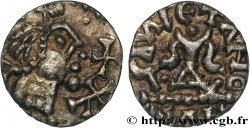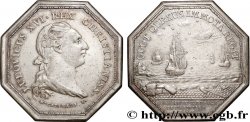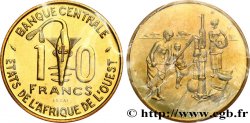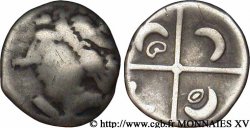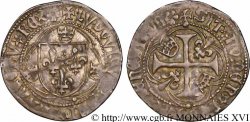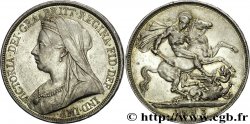v50_0112 - MONETE DELLO MEROVINGI - BANASSAC (BANNACIACO) - Lozere Triens au type de CHARIBERT II (528-531)
MONNAIES 50 (2011)
Начальная цена : 1 500.00 €
Назначить цену : 2 500.00 €
Цена реализации : 1 600.00 €
Количество ставок : 2
Максимальная предлагаемая цена : 2 100.00 €
Начальная цена : 1 500.00 €
Назначить цену : 2 500.00 €
Цена реализации : 1 600.00 €
Количество ставок : 2
Максимальная предлагаемая цена : 2 100.00 €
Тип Triens au type de CHARIBERT II (528-531)
Дата: VIIe siècle
Монетный двор / Город: Banassac (48)
Металл: gold
Диаметр: 14,5 mm
Ориентация осей монеты: 3 h.
Вес: 0,99 g.
Редкость: UNIQUE
Комментарии о состоянии
Monnaie sur un flan large et régulier avec le droit et le revers complets. Le métal est de mauvaise qualité, avec une teinte plus sombre sur les parties les plus en reliefs, comme pour les monnaies fourrées ou en très bas or de cette époque
Ссылки в каталоге: :
Происхождение:
Cet exemplaire est le n° 1343 de MONNAIES 36
Лицевая сторона
Аверс: легенда: + BANNIACIACO FIT +.
Аверс: описание: Tête diadémée à droite, diadème et cou perlés, dans un grènetis intérieur ; légende circulaire commençant à six heures et grènetis extérieur.
Обратная сторона
Реверс: легенда: IONAN NOEM.
Реверс: Описание: Calice à deux anses, surmonté d’une croisette.
Комментарий
Ce triens semble unique, avec la légende + BANNIACIACO FIT + et le grènetis intérieur au droit. Au revers, le nom du monétaire est confus et ne correspond à rien de tout ce qui est publié. L’alliage est très mauvais, mais c’est souvent le cas sur les frappes tardives. Faut-il conclure qu’il s’agit de l'œuvre d’un faussaire de l’époque de Charibert (sans prendre le risque de nommer le roi sur la monnaie) ou bien d’une frappe officielle reprenant un type plus ancien à une époque de pénurie de métal ?.







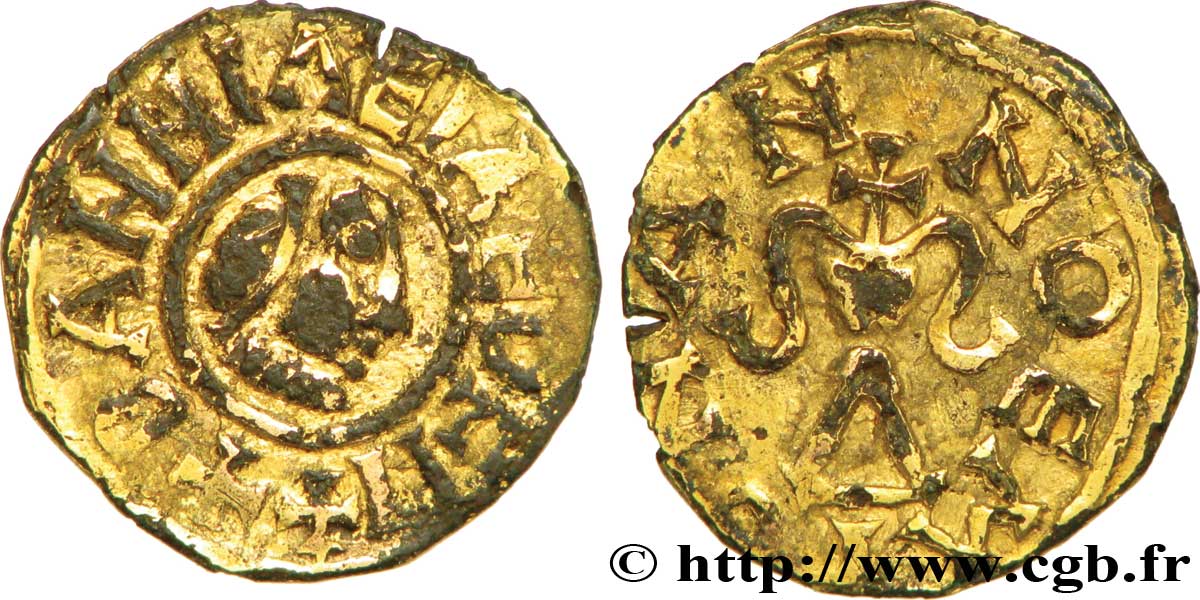
 Cообщить об ошибке
Cообщить об ошибке Распечатать страницу
Распечатать страницу Отправить мой выбор
Отправить мой выбор Задать вопрос
Задать вопрос Consign / sell
Consign / sell
 Информация
Информация

